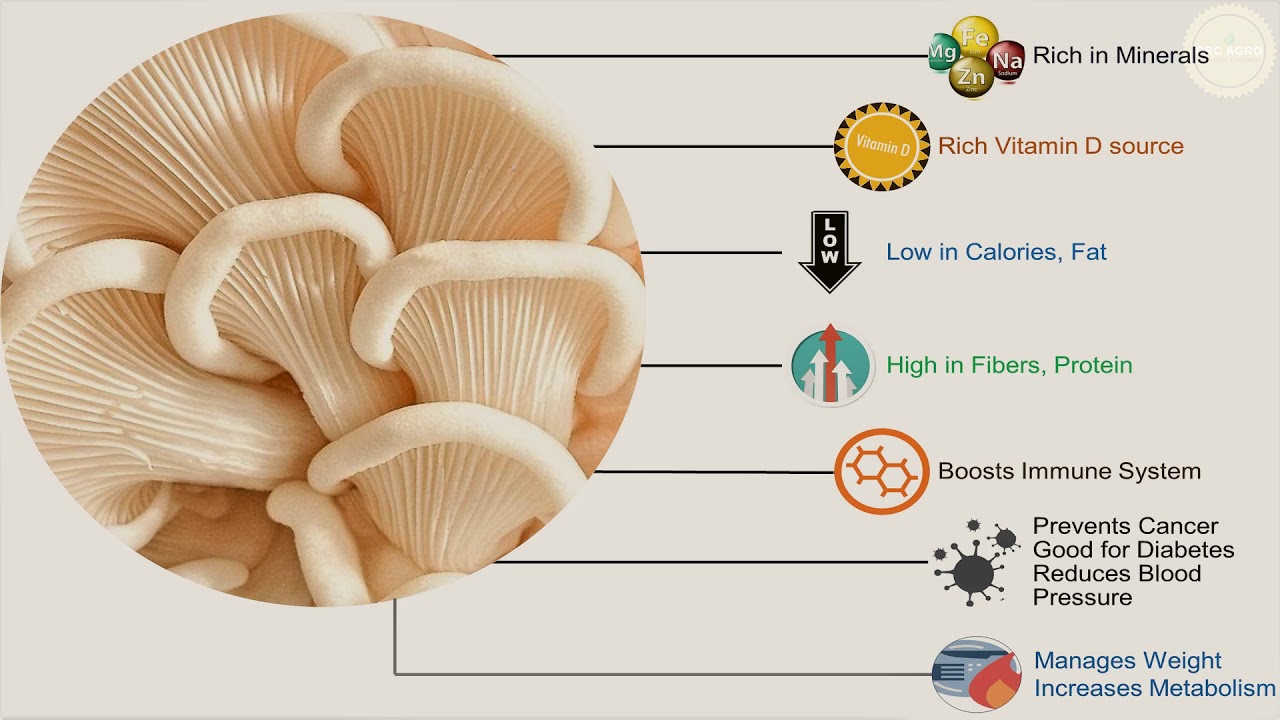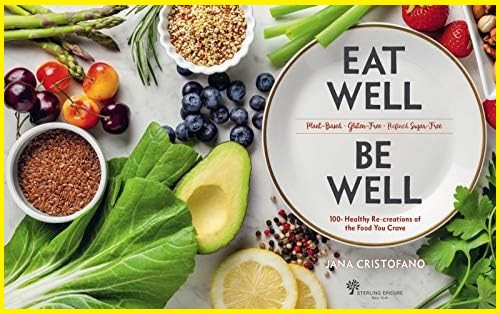In the heart of ancient traditions and natural remedies lies the humble Neem tree (Azadirachta indica), often referred to as the “Village Pharmacy” in various cultures. Its mystical properties have been cherished for centuries, providing not only shade from the scorching sun but also a myriad of health benefits. Let’s embark on a journey to uncover the magical contributions of the Neem tree to our well-being.

Table of Contents
Magic of Neem Guardian of Immunity: The Neem Elixir
Picture this: a guardian standing at the gates, warding off intruders. In the realm of our health, Neem plays a similar role. Rich in antioxidants and immune-boosting compounds, Neem acts as a shield against infections and diseases. Regular consumption of Neem is like sipping on a potion that fortifies your body, enhancing its ability to fight off illnesses.Neem is a treasure trove of immune-boosting compounds. Laden with antioxidants, it empowers our body to combat free radicals, safeguarding cells from damage. The tree’s leaves, rich in polysaccharides and flavonoids, stimulate the immune system, acting as a shield against infections and diseases. Regular consumption of Neem supplements or tea can fortify your immune defenses, ensuring a robust and resilient health foundation.
Magic of Neem of Video for better Under standing
Magic of Neem ,Healing Elixir for Skin: Radiance Unleashed
The magic of Neem isn’t confined to internal health; it extends its benevolence to our skin. Neem has been a revered remedy for skin ailments for centuries. Its anti-inflammatory and antibacterial properties make it a potent elixir for conditions like acne, eczema, and psoriasis. Incorporating Neem oil or paste into your skincare routine is like unlocking the secret to radiant, healthy skin.
Magic of Neem,Harmony for Hair: Tresses Touched by Magic
Ever dreamt of having hair that glistens like moonlight? Neem can make that dream a reality. With its nourishing properties, Neem promotes a healthy scalp, preventing dandruff and addressing issues like hair loss. A regular Neem-infused hair care routine can transform your tresses into a crowning glory that exudes natural beauty.
Magic of Neem,Detoxification Dance: Cleansing the Body
In the magical symphony of health, detoxification is a crucial note. Neem leaves have been traditionally used to cleanse the body from within. They aid in purifying the blood, flushing out toxins, and promoting overall well-being. Consider it a gentle detox dance that your body will thank you for.Neem has been a cornerstone in traditional skincare routines for its ability to address a myriad of skin issues. Its anti-inflammatory and antibacterial properties make it effective against acne, eczema, and other skin conditions. Neem oil is also a popular remedy for promoting a healthy complexion and reducing signs of aging.
Magic of Neem Champion of Oral Health: A Smile Spell
Your oral health is like a reflection of your inner magic, and Neem ensures that it sparkles. Neem twigs have been used for centuries as a natural toothbrush, hailed for their antimicrobial properties. They not only combat bacteria but also keep your gums healthy, casting a spell that manifests as a dazzling smile.Neem’s antibacterial and antifungal properties extend a healing touch to oral health. Neem twigs have been used as traditional toothbrushes for centuries in many cultures. The neem-infused toothbrush, known as “Datun,” not only cleanses teeth but also fights off bacteria that cause cavities and gum diseases. Neem’s natural compounds prevent plaque formation and ensure a dazzling smile along with oral hygiene.Neem has been used for centuries to maintain oral hygiene. Its antimicrobial properties combat bacteria responsible for cavities and gum diseases. Neem twigs have even been traditionally used as a natural toothbrush, promoting not only cleanliness but also overall gum health.
Magic of Neem,Balancing Act: Managing Diabetes Naturally
In the realm of health challenges, diabetes often takes center stage. Neem, however, offers a helping hand in this battle. Studies suggest that Neem may help manage blood sugar levels, acting as a natural ally for those navigating the intricate dance of diabetes.Studies suggest that neem may play a role in managing diabetes. Its active compounds are believed to enhance insulin receptor sensitivity, facilitating better blood sugar control. While further research is needed, incorporating neem into a balanced diet might offer additional support for those with diabetes.
Magic of Neem,Gut Guardian: Digestive Sorcery
A healthy gut is the cornerstone of overall well-being, and Neem is the guardian of this sacred space. It aids digestion, soothes inflammation in the gastrointestinal tract, and promotes a harmonious balance within your digestive system. Consider it the magical potion for a happy tummy. Neem is celebrated for its role in promoting reproductive health. It is believed to have a positive impact on fertility and menstrual health. Neem supplements are often recommended for women dealing with menstrual irregularities or conditions affecting the reproductive system.
Magic of Neem A Tapestry Woven with Neem’s Magic
Health and wellness, the Neem tree is a thread that weaves magic into every aspect of our well-being. From immune-boosting elixirs to skin-transforming potions, Neem stands as a testament to the enchanting powers nature holds. As we embrace the magic of Neem, let’s not just see it as a tree but as a guardian, a healer, and a source of profound well-being. Incorporate the magical touch of Neem into your life, and watch as it transforms the ordinary into the extraordinary.
Purifier of Blood Magic of Neem
In the intricate tapestry of Ayurveda, Neem is revered as a potent blood purifier. Its bitter taste is a testament to its detoxifying nature. Neem extracts cleanse the bloodstream, eliminating toxins and promoting the production of healthy red and white blood cells. This purification process can lead to clearer skin, reduced inflammation, and an overall revitalized sense of well-being.Neem is known to purify the blood, aiding in the detoxification process. It helps remove toxins and impurities, contributing to clearer skin and a healthier internal environment. Regular consumption of neem supplements or neem tea can be a gentle and natural way to support your body’s detoxification pathways.
Magic of Neem Balancer of Blood Sugar
For those battling the relentless rise and fall of blood sugar levels, Neem emerges as a natural ally. Research suggests that Neem can play a crucial role in managing diabetes by regulating blood sugar levels. Its active compounds, such as nimbin and nimbidin, mimic the action of insulin, offering a holistic approach to diabetes management.
Skin’s Best Friend
Neem’s prowess in skincare is legendary. Whether dealing with acne, eczema, or psoriasis, Neem extracts can work wonders. Its anti-inflammatory and antibacterial properties soothe irritated skin, while its high fatty acid content moisturizes and rejuvenates. Neem can be applied topically or consumed internally for radiant and healthy skin.
Magic of Neem Combatant Against Digestive Woes
Indigestion, bloating, and other digestive maladies can be alleviated by incorporating Neem into your routine. Neem stimulates the production of digestive enzymes, aiding in the efficient breakdown of food. Its bitter taste not only adds a unique flavor but also triggers the secretion of gastric juices, promoting a healthy and well-functioning digestive system.
Magic of Neem Embracing Neem’s Blessings
The Neem tree, with its centuries-old legacy, stands as a living testament to nature’s healing power. As we delve into the magical realm of Neem’s health benefits, it becomes clear that this unassuming tree is a true gift from the Earth. From bolstering our immune defenses to nurturing radiant skin and maintaining a balanced internal ecosystem, Neem’s contributions to holistic health are nothing short of enchanting.
So, let’s embrace the magic of Neem, weaving its essence into our lives for a healthier, happier tomorrow. After all, in the shade of the Neem tree, nature’s pharmacy opens its doors to those seeking the elixir of well-being.
In the realm of natural remedies, few plants boast the diverse array of benefits that the neem tree (Azadirachta indica) does. Revered for centuries in traditional medicine, neem has earned the moniker of “nature’s pharmacy” due to its multifaceted therapeutic properties. From its roots to its leaves, every part of the neem tree harbors potent compounds that contribute to overall well-being. In this exploration, we will uncover the magical benefits of the neem tree for health.
Antimicrobial Marvel:
Neem is renowned for its powerful antimicrobial properties. The tree’s extracts contain compounds like nimbin and nimbidin, which exhibit strong antibacterial, antiviral, and antifungal effects. Incorporating neem into your routine can be a natural shield against various infections, promoting a resilient immune system.Chronic inflammation is linked to various health issues, from arthritis to cardiovascular diseases. Neem’s anti-inflammatory properties, attributed to compounds like quercetin and catechin, make it a natural remedy for managing inflammation. This can contribute to joint health and overall cardiovascular well-being.
Digestive Aid:
Neem supports digestive health by promoting the secretion of digestive enzymes. It can help alleviate digestive issues such as indigestion and bloating. Additionally, neem may have a protective effect on the liver, supporting its detoxification functions.
Magic of Neem Natural Insect Repellent:
Beyond internal health benefits, neem extends its protective influence to the external environment. Neem oil is a well-known natural insect repellent, keeping pests at bay without the use of harmful chemicals. This makes it an excellent choice for those seeking eco-friendly alternatives for pest control.
In conclusion, the neem tree stands as a testament to the vast healing potential found in nature. From its antimicrobial prowess to its skin-nourishing qualities, neem offers a holistic approach to health. As we continue to explore the wonders of traditional medicine, the neem tree remains a beacon of natural well-being, reminding us of the magical benefits that can be unlocked when we embrace the gifts of the earth. Incorporating neem into our lifestyles might just be the key to unlocking a healthier, more vibrant version of ourselves.













